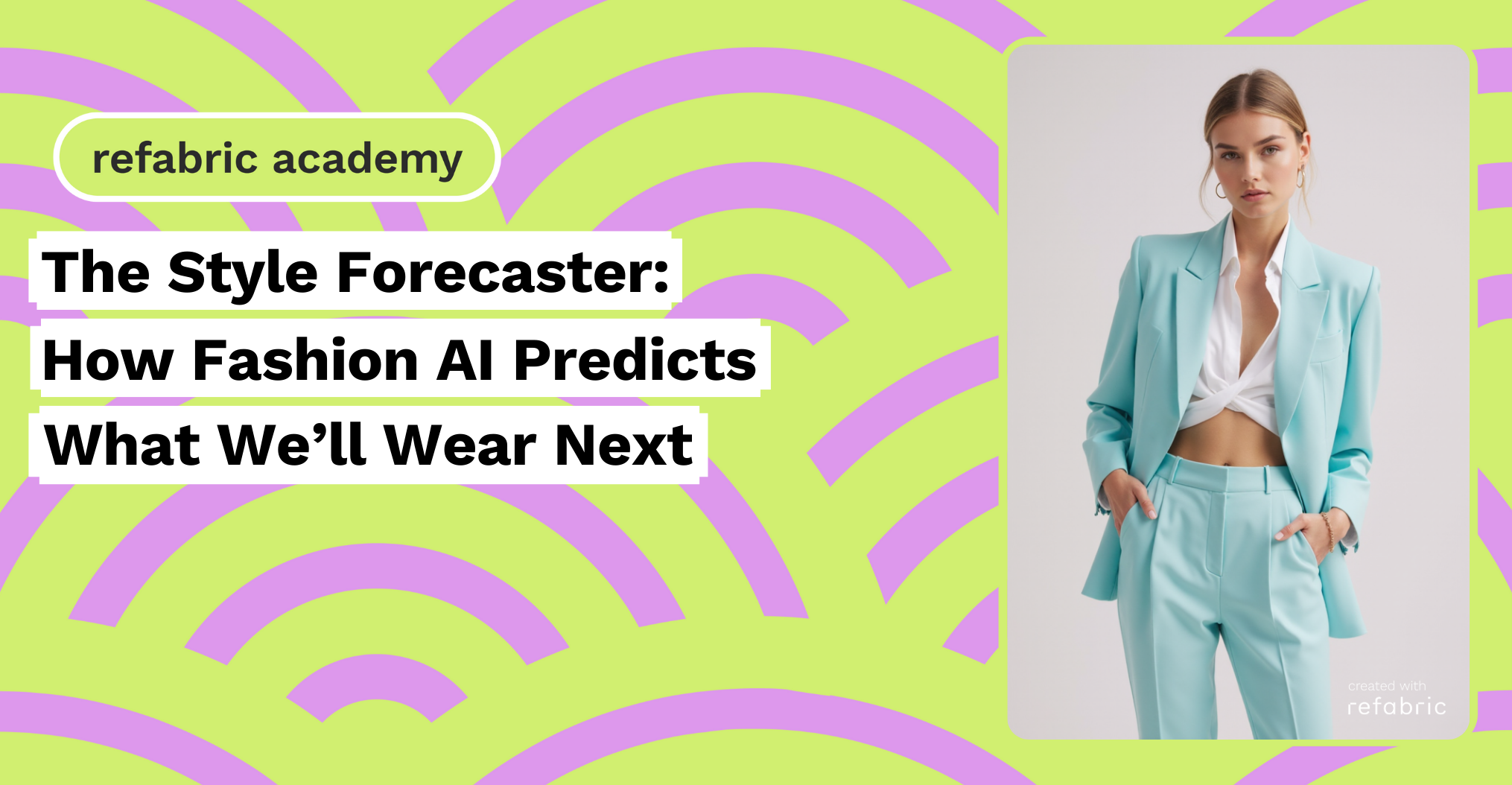Fashion AI is reshaping the way brands understand and anticipate style trends. With artificial intelligence now at the heart of trend forecasting, the fashion industry is shifting from instinct-based predictions to data-informed insights. Fashion AI is helping designers, retailers, and marketers stay one step ahead by turning massive datasets into actionable design decisions.
From Intuition to Insight: The Evolution of Trend Forecasting
Traditionally, fashion forecasting relied on a mix of intuition, cultural knowledge, and seasonal runway shows. Trend forecasters would analyze art, politics, and pop culture to guess what might be next. But in a fast-paced digital world, where consumer preferences change overnight, this process can no longer keep up.
Enter fashion AI. Using machine learning and data analytics, AI knows what’s trending, what’s fading, and what consumers are likely to love next. This shift enables fashion houses to make faster, more confident design and merchandising decisions.
How Fashion AI Analyzes Style Signals
At the core of fashion AI’s forecasting capabilities is its ability to process vast and diverse data sources. These include social media trends and hashtags, runway collections and lookbooks, e-commerce sales data, customer reviews and preferences, and street-style imagery. By aggregating and analyzing this information, fashion AI identifies patterns in silhouettes, colors, materials, and even styling details. It also monitors the lifecycle of a trend, spotting when a style is emerging, peaking, or on the decline. This level of precision helps brands adjust their collections in real-time, minimizing the risk of missing the mark.
Faster, Smarter, More Responsive Design
With the help of fashion AI, brands are reducing the time it takes to go from concept to customer. AI-generated forecasts inform design decisions early in the creative process, allowing teams to create pieces aligned with real-time consumer demand. This responsiveness not only boosts sell-through rates but also supports more sustainable production cycles.
Some brands even use AI to simulate how garments will perform at launch. By combining trend data with historical performance metrics, fashion AI can forecast which items will be bestsellers, before they’re even produced. This proactive approach reduces overproduction and helps brands stay lean and efficient.
Personalized Trends: Forecasting at the Individual Level
Fashion AI doesn’t just predict trends for the masses, it’s also capable of delivering personalized insights. By analyzing a user’s browsing history, past purchases, and social media behavior, AI can recommend future trends tailored to each consumer. This personalization drives engagement, increases conversion, and makes shopping feel like a curated experience.
Retailers are using these tools to customize homepages, email campaigns, and product suggestions in real-time. The result is a shopping experience that feels less like guesswork and more like intuition, powered by fashion AI.
Rewriting the Calendar: From Seasonal to Real-Time Fashion
Fashion AI is also disrupting the industry’s traditional seasonal model. Rather than relying on long-lead predictions, brands can now work with live data to create real-time capsules and micro-collections. AI helps detect shifts in sentiment or sudden spikes in interest, whether that’s a viral accessory, a celebrity outfit, or a sudden climate change influencing wardrobe choices.
This agile model means brands can drop relevant pieces quickly, respond to unexpected cultural moments, and stay connected to consumer moods. With fashion AI, the rhythm of the industry becomes less about rigid calendars and more about responsive storytelling.
The Future of Fashion Forecasting is Intelligent
As fashion AI continues to evolve, its predictive capabilities will only grow more accurate, contextual, and intuitive. Future applications may include voice-command trend research for designers, AI-powered creative mood boards, and emotional analytics that track how fashion makes people feel.
The potential for fashion AI is expansive, not just in identifying what’s next but in shaping how the industry listens, reacts, and creates.
From global runways to neighborhood sidewalks, fashion AI is becoming the ultimate style forecaster, combining technology, taste, and timeliness in ways we’ve never seen before. For brands that want to stay ahead, the message is clear: the future of fashion is not just fast, it’s smart.
